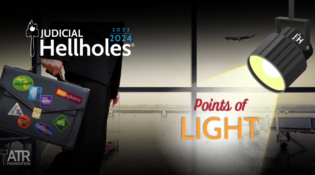
The composition of the Pennsylvania Supreme Court has dramatically changed over the past two years. As a result, litigants are concerned that the court, one that has generally been balanced in its rulings, could quickly become prone to expanding liability and nullifying reforms.





